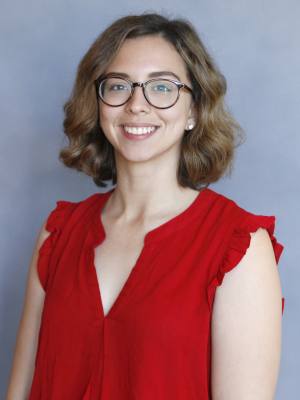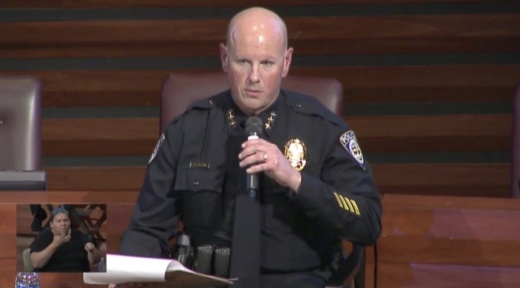This comes after Frisco’s first peaceful protest took place June 1 following the killing of George Floyd, a Black man who died in Minneapolis police custody in late May.
In June, Frisco Police Chief David Shilson spoke at events and town halls over race relations and policing. Shilson spoke alongside Frisco Mayor Jeff Cheney at a city town hall on June 15 and at a NAACP virtual town hall June 17.
“That’s really just a start to the conversation that we need to have,” Shilson said. “We will continue to reach out to our diverse community groups that we have established.”
Response to resistance report
At the June 15 town hall, Shilson mentioned an annual report that details all instances when the Frisco Police Department responded to resistance, or logged a use of force, in 2019.
Frisco Police had more than 128,000 calls for service and more than 50,000 traffic stops in 2019, Shilson said. A level of force was used in 428 of those instances, according to the report.
“When you look at the number 428, it really tells you how small a percentage that our officers have to respond with some response to resistance,” he said.
About 47% of suspects involved were white, according to the report. Black suspects were the second highest demographic, making up nearly 34% of those instances.
“It’s sometimes very challenging to look at the numbers as a whole and deduce conclusions from them because each incident is really its own thing,” Shilson said.
A majority of those instances began with a dispatched call or an incident that occurred inside a jail, Shilson said.
About 83% of the time, display of a firearm and hand control techniques were the types of responses used by officers, per the report. There were no instances of serious injury to the suspect or officer.
“That says a lot to further support that we are operating within the confines of our policy where we’re only using the amount of force necessary to effect an arrest,” Shilson said.
While all instances fell within policy, there was a small number of instances where officers received additional training to help them in future encounters, Shilson said.
“We’re still looking at those things through a critical lens and looking for ways to improve,” he said. “Even though it’s within policy, you can always get better.”
Diversity in hiring
Questions about Frisco Police Department’s demographic makeup and efforts to increase diversity, including Black representation, have come up at recent town halls and events. As of mid-June, the department was around 84% white, 9% Hispanic, 4% Black and 2% Asian.
Overall, Shilson said it has been a challenge to hire more diverse members of the force, which he said is common for law enforcement in general. The department has made efforts to recruit at historically Black colleges, at Black churches and at military bases, he said.
“I always seek out help from our African American community with regards to this challenge,” Shilson said. “I need their help. I need them to refer people to us and point us where we need to be recruiting.”
In June, Shilson said Frisco Police hired two Black certified officers from other police departments.
“To me, that’s a good indication for us that we do have something to offer here for certified officers that are willing to leave other departments and come here,” he said.
Connecting
Shilson said the department will continue connecting with the Black community and other minority groups in Frisco through event opportunities and recruiting.
The department will also collaborate with the mayor’s ad-hoc Frisco Inclusion Committee, Shilson said. The group partners with city leaders and underrepresented communities to foster cultural dialogue and find solutions for Frisco’s diverse populations.
The Frisco Police Department is planning to update its diversity training, known as Bridging the Gap, Shilson said. The program trains the department on culture in the Black, Hispanic/Latino and LGBTQ communities.
“We’ll look at ways we can update it based on some more current events,” he said.
As the department looks to improve, Shilson said it will be important for members of the community to engage and communicate with officers.
“There’s an education that occurs on our side and hearing people’s perspectives,” Shilson said. “And I think there’s an education on the public’s side from hearing our perspective as well.”





